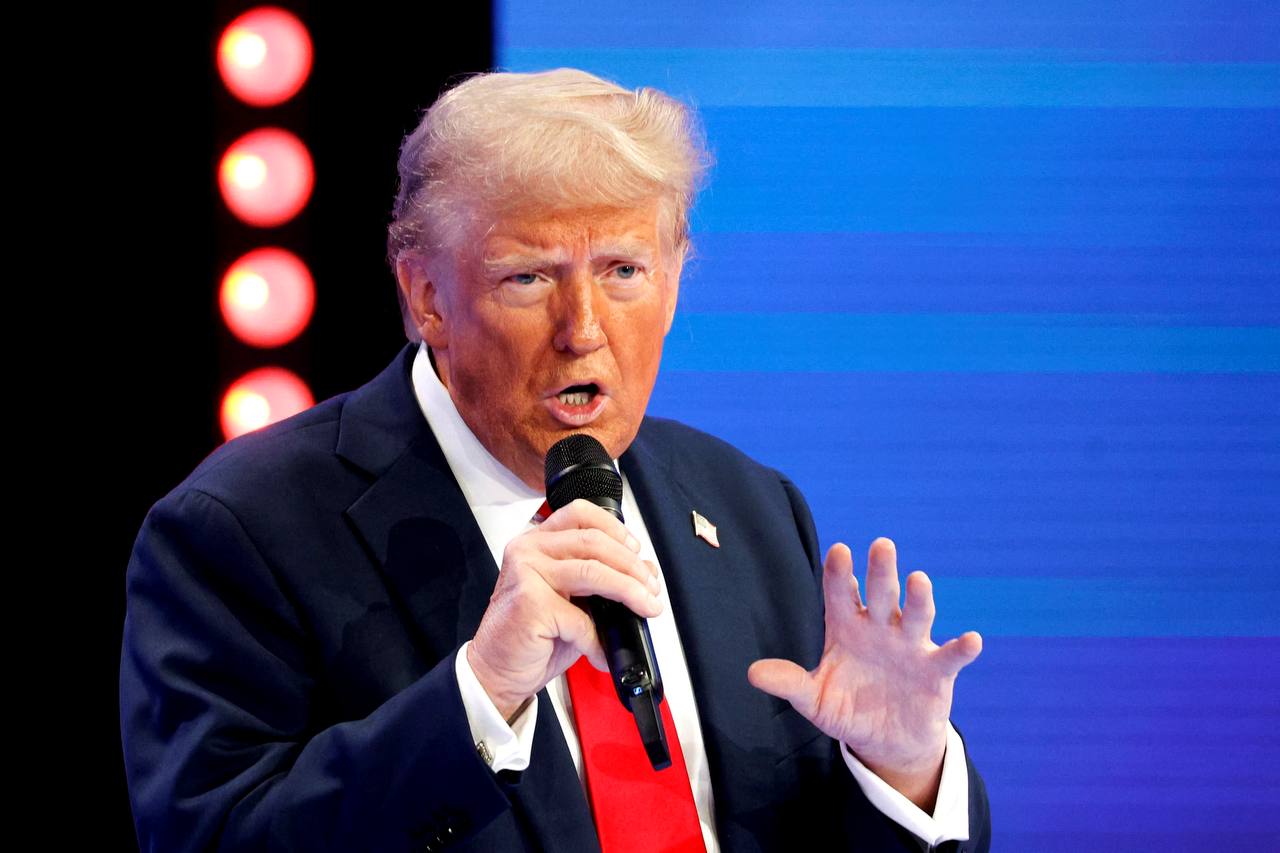What is Behind Trump’s Plan to Expand America’s Borders?
By Arsenii Glazunov | Published on January 15, 2025

Despite what one thinks of Donald Trump, even his most staunch supporters would have a hard time predicting his actions once he takes the office. Despite running on a strong anti-foreign engagement platform, the President-elect’s recent comments suggest he may have an entirely different strategy in mind.
Just last week, Trump gave an astonishing press-conference in his Mar-a-Lago residence, where he refused to rule out using military force to acquire Panama Canal and Greenland or employing economic coercion to pressure Canada into becoming the ‘51st state’. While Trump is known for his frequent use of hyperbolic tactics - when he starts off with outlandish claims and then gradually works toward a consensus - it is worth examining the rationale behind these proposals.
Perhaps, the most grotesque proposal out of these three ideas is Trump’s suggestion of making Canada the ‘51st state’ through economic coercion. According to Trump, this merger would better guarantee Canada’s security and strengthen its economy. While it is perhaps generally best to refrain from any long-term political prediction, especially given Trump’s unpredictability, it is safe to say that chances of this happening are virtually non-existent. There is no appetite for this in Canada, and even though the country’s economy is facing challenges at this moment in time, it is far from being in dire state as to entertain such proposals.
Now onto the Panama Canal. It is important to note that the U.S. built and had full control of the canal up until 1979, when President Jimmy Carter started the process of its return to Panama. Trump’s worries here are two-fold. First, he argues that the U.S. is being overcharged for its usage of the Canal. And second, perhaps more importantly given Trump’s confrontational stance on China, is that the Asian superpower now enjoys close relations with Panama and is already the second most frequent user of the Canal, behind the U.S.
This leaves Greenland. Unlike the other two of the President-elect’s proposals, the idea of the US taking control of Greenland has been popular with many of Trump’s predecessors. In 1946, for instance, the United States offered Denmark, which controls Greenland, $100 million dollars to purchase the territory. This interest had been revived in recent years under Trump’s leadership. Admittedly, one would find it increasingly hard to argue that Greenland is not of importance to the U.S.’s national interests. Positioned in the North Atlantic, it could provide valuable strategic aid in monitoring Russian submarines' movement and countering potential missile threats from Vlaidmir Putin and Xi Jinping.
The common theme running through all these proposals is the reflection of Trump’s hawkish stance on China. Concerned with Xi Jinping’s growing influence on the global economy, Trump is ready to employ enormous tariffs which risk disrupting international trade. Similarly, fearing China's geopolitical influence on the US’s neighbours, the President-elect seems open to follow measures which may jeopardize international order and rule of law. None of it to say that Trump’s concerns over China’s growing influence are unfounded. However, the measures he appears to be willing to take will undoubtedly have a profound and unpredictable impact on global stability.
In the end, these developments are very surprising, especially from a President whose campaign was partly built on strong anti-war sentiments in the American public. But, perhaps, this is another manifestation of Trump’s unpredictability as a politician in general. What he will do next remains to be seen. However, there is a possibility that the world maps may have to be redrawn in the near future to reflect the changing nature of the US borders.